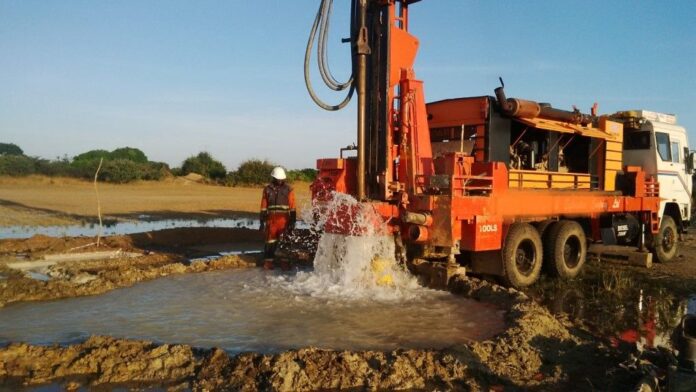Contents
Introduction
The Earth holds a wealth of secrets beneath its surface, waiting to be uncovered. While much of what lies beneath remains mysterious to us, advancements in technology, particularly in borehole drilling, have allowed us to delve deeper into the depths of our planet than ever before. In this blog, we’ll explore the fascinating world of borehole drilling, its applications, and how it helps unlock the Earth’s secrets.
The Art of Borehole Drilling
Borehole drilling is a technique used to penetrate the Earth’s surface and access subsurface resources such as water, minerals, oil, and gas. It involves drilling a hole vertically or horizontally into the ground using specialized equipment and techniques. The depth of these boreholes can range from a few meters to several kilometers, depending on the purpose of the drilling.
One of the key tools used in borehole drilling is the drilling rig, which comes in various sizes and configurations depending on the specific requirements of the project. These rigs are equipped with powerful drills that can penetrate through various types of rock and soil with precision and efficiency. Additionally, borehole drilling involves the use of drilling fluids, which help to lubricate the drill bit, remove cuttings from the borehole, and stabilize the surrounding rock formations.

Applications of Borehole Drilling
Borehole drilling has a wide range of applications across various industries, making it a versatile and indispensable tool in scientific research, resource exploration, and infrastructure development. Some of the key applications of borehole drilling include:
Water Exploration and Extraction
Borehole drilling is commonly used to explore and extract groundwater resources. By drilling deep into the Earth’s crust, hydrogeologists can identify aquifers and determine the quality and quantity of available water. Boreholes also serve as access points for installing pumps and extracting water for various purposes such as drinking, irrigation, and industrial use.
Geothermal Energy
Geothermal energy, derived from the heat stored beneath the Earth’s surface, is becoming an increasingly important source of renewable energy. Borehole drilling is essential for the exploration and development of geothermal reservoirs. By drilling deep wells into geologically active areas, such as volcanic regions, scientists can tap into high-temperature reservoirs and harness the heat to generate electricity or provide heating for buildings.
Mineral and Resource Exploration
In the mining industry, borehole drilling is used extensively for mineral exploration and resource assessment. By drilling core samples from various depths, geologists can analyze the composition and characteristics of rock formations to identify potential ore deposits. Borehole drilling also plays a crucial role in petroleum exploration, helping to locate oil and gas reserves deep beneath the Earth’s surface.
Environmental Monitoring and Remediation:
Borehole drilling is employed in environmental monitoring and remediation projects to assess soil and groundwater contamination and to implement remedial measures. Boreholes serve as access points for installing monitoring wells and sampling equipment, allowing scientists to monitor changes in groundwater quality over time and implement remediation strategies to mitigate environmental pollution.
Challenges and Future Prospects
While borehole drilling has revolutionized our ability to explore and exploit subsurface resources, it also presents various challenges and considerations. Deep drilling operations can be technically complex and expensive, requiring specialized equipment and expertise. Moreover, drilling activities can have environmental impacts, such as habitat disruption and groundwater contamination, which must be carefully managed and mitigated.
Looking ahead, advancements in drilling technology, such as the development of advanced drilling techniques and materials, as well as the use of autonomous drilling systems, hold the promise of making borehole drilling more efficient, cost-effective, and environmentally friendly. Additionally, ongoing research efforts aimed at improving our understanding of subsurface geology and resource distribution will further enhance the capabilities of borehole drilling and unlock new opportunities for exploration and discovery.
Conclusion
Borehole drilling is a powerful tool that enables us to unlock the Earth’s secrets hidden beneath its surface. From accessing vital water resources to tapping into renewable energy reservoirs and discovering valuable minerals, borehole drilling plays a vital role in advancing scientific k



